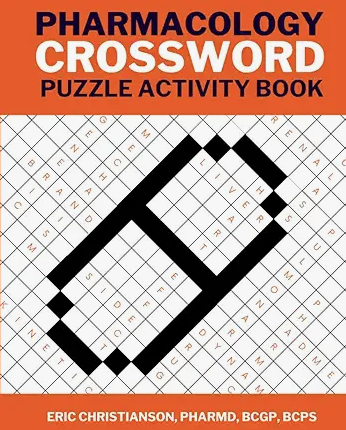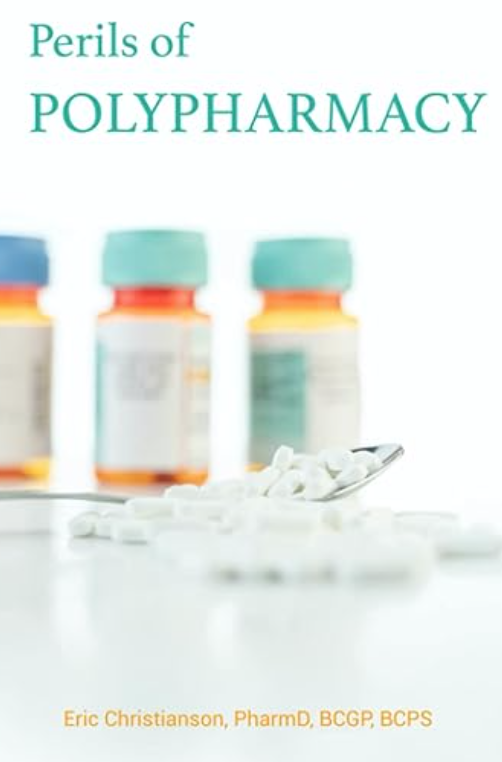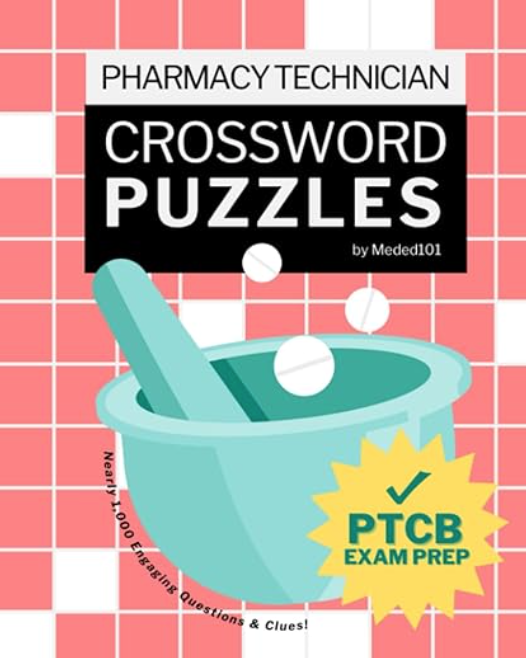Noval oral anticoagulants (NOACs) are non-vitamin K antagonists that include apixaban (pharmacology podcast), dabigatran, rivaroxaban, and edoxaban. NOACs are highly predictable and are less likely to interact with other medications, making them more favorable than warfarin. However, this does not guarantee their safety as it related to drug interactions. Both CYP3A4 and P-glycoprotein (P-gp) are involved to various extents in the absorption and metabolism of NOACs. Most azoles are contraindicated in patients taking NOACs based on their strong inhibition of 3A4 and/or P-gp, with the exception of fluconazole (pharmacology podcast). In comparison to other azoles, fluconazole is only a moderate inhibitor of 3A4 and P-gp and lacks evidence around its clinical implications. A new study by Holt et. al examined the fluconazole apixaban interaction and assessed the safety of azoles in patients taking NOACs. The fluconazole apixaban interaction significantly increased the risk of bleed, while topical antifungals and fluconazole with other NOACs did not appear to significantly increase risks.
Management Strategies
Adjusting therapy should be patient-specific and will depend on a variety of factors, including the indication. Utilizing a topical dosage form is perhaps the simplest and easiest for those who do not require systemic antifungal treatment. If systemic treatment is warranted, however, choosing an alternative antifungal agent is likely the safest option. This is also true for those with multiple risk factors for bleeding (≥80 years old, ≤60 kg, sCr ≥1.5 mg/dL) or who are already taking a reduced dose of apixaban (i.e. 2.5 mg BID). For patients with a normal renal function who are taking 5-10 mg BID and who require fluconazole, fluconazole may be used with caution but the dose of apixaban will need to be reduced by 50%.
Alternatives To Fluconazole
Since topical formulations generally have a low risk of absorption, they are preferred over systemic therapy when possible. Other antifungals, like echinocandins and amphotericin B, have minimal interactions but do differ slightly in terms of their spectrum of activity. Unfortunately, both options are also only available in IV formulations and may not be convenient for outpatient treatment. Patient-specific factors should be taken into consideration to determine if an alternative is appropriate.
Monitoring – Fluconazole Apixaban Interaction
Adverse effects related to echinocandins are minimal but have the potential to cause hepatotoxicity. Amphotericin B can be highly nephrotoxic and also cause infusion-related reactions, anemia, thrombocytopenia, and electrolyte wasting. Regardless of the strategy used, monitoring patients throughout the course of treatment is crucial. Monitoring is not routinely needed for NOACs, though anti-Xa levels can be drawn to aid in assessing drug interactions and guide clinical decisions. Patients should continue to self-monitor for any signs or symptoms of bleeding (e.g. blood in vomit or stools, abdominal pain).
Clinical Application
Though fluconazole is not contraindicated in patients taking NOACs, it should continue to be used with caution as dual inhibition of 3A4 and P-gp can significantly increase patient bleed risk. Use a topical formulation whenever possible to manage localized, uncomplicated infections. For patients who are admitted to the hospital or are at high-risk, consider an alternative antifungal, such as micafungin, to minimize bleed risk. If fluconazole is necessary, one might consider reducing the apixaban dose and monitor for signs/symptoms of bleeding and anti-Xa levels accordingly. There isn’t evidence specifically with fluconazole in the package insert, but for other azole antifungals (ketoconazole, itraconazole), a dose reduction of 50% is recommended.
Article written by Alyssa Butterfield in collaboration with Eric Christianson, PharmD, BCPS, BCGP
- 30 medication mistakes PDF
- 18+ Page Drug Interaction PDF
- 10 Commandments of Polypharmacy Webinar based on my experiences in clinical practice









0 Comments